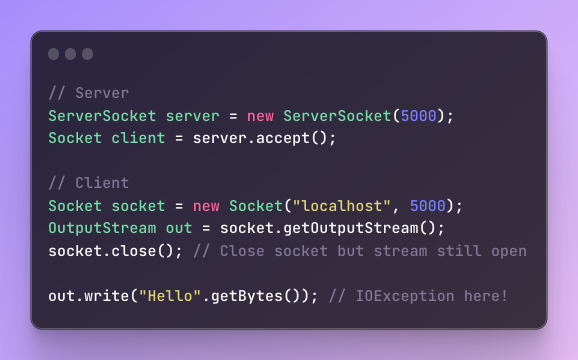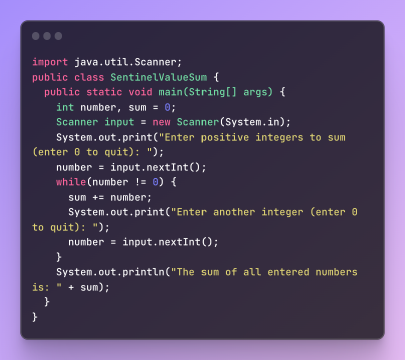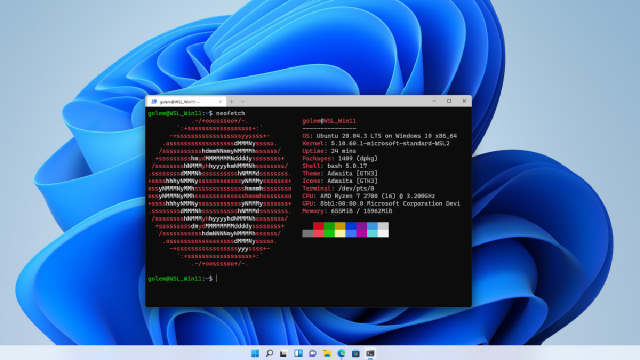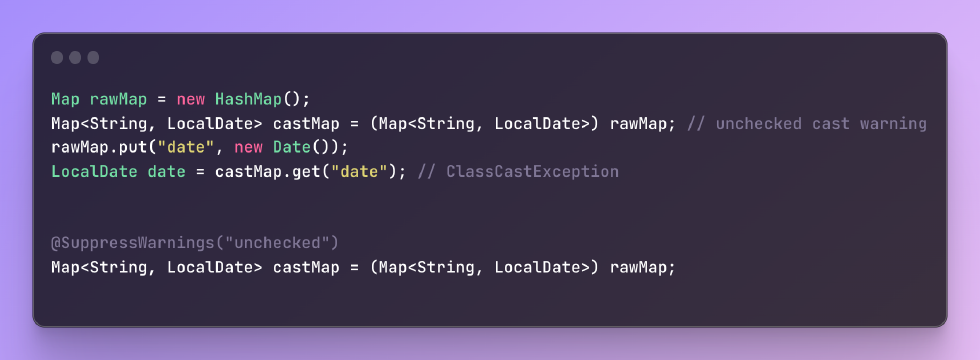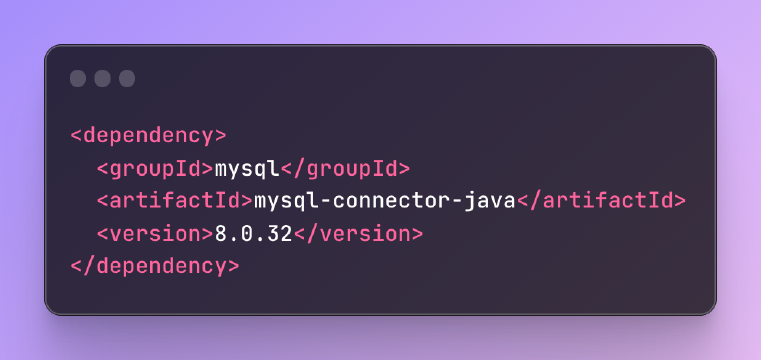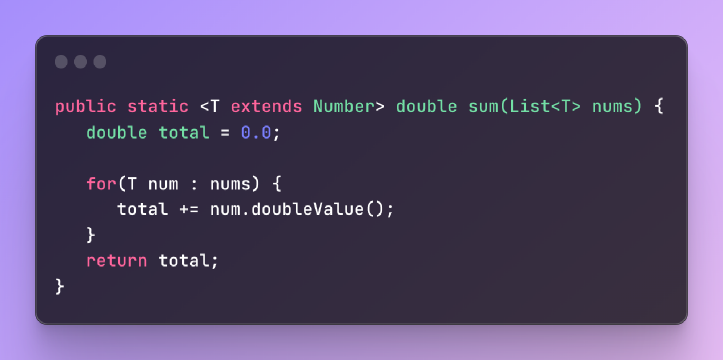The StringList is a powerful data structure in Java that provides a dynamic collection of strings. In this comprehensive guide, we will explore the various capabilities of StringList and how to effectively use it in your Java code.
Introduction to StringList
The StringList interface extends the List interface and inherits all the common operations from it. Some key benefits of using a StringList over a regular List or array include:
- Resizable collection specifically for strings
- Flexible insertion and removal of elements
- Powerful search and sorting capabilities
- Easy conversion to/from array
To create a StringList in Java:
1List<String> stringList = new ArrayList<>();
The most common implementation is the ArrayList class. Let’s look at the key aspects of using a StringList in detail.
Creating and Initializing a StringList
There are a few different ways to create and initialize a StringList in Java:
Using the Default Constructor
1List<String> stringList = new ArrayList<>(); //empty list
Initializing with an Array of Strings
1String[] fruits = {"apple", "banana", "mango"};
2List<String> stringList = new ArrayList<>(Arrays.asList(fruits));
Adding Elements Dynamically
1List<String> stringList = new ArrayList<>();
2stringList.add("item1");
3stringList.add("item2");
Elements can be added at any time using the add() method.
Accessing and Modifying Elements
The core operations on a StringList include:
Get Element by Index
1String item = stringList.get(0); //first item
Retrieve First and Last Elements
1String first = stringList.get(0);
2String last = stringList.get(stringList.size() - 1);
Add Elements at End or Specific Index
1stringList.add("new item"); //append
2stringList.add(2, "inserted item"); //insert at index 2
Remove Elements by Index or Value
1stringList.remove(0); //remove first item
2stringList.remove("item2"); //remove by value
Iterating through a StringList
We can loop through the elements in a StringList using:
For Loop
1for (int i = 0; i < stringList.size(); i++) {
2 String element = stringList.get(i);
3 //...
4}
Enhanced For Loop
1for (String element : stringList) {
2 //...
3}
Iterator
1Iterator<String> it = stringList.iterator();
2while(it.hasNext()) {
3 String element = it.next();
4 //...
5}
Searching and Sorting
StringList provides handy methods for searching and sorting:
Searching for an Element
1int index = stringList.indexOf("item"); //linear search
Sorting Elements
1Collections.sort(stringList); //ascending sort
2Collections.sort(stringList, Comparator.reverseOrder()); //descending sort
For a large sorted StringList, use Binary Search for efficiency.
Converting between StringList and Array
1String[] array = stringList.toArray(new String[0]); //StringList to Array
2
3List<String> list = Arrays.asList(stringArray); //Array to StringList
StringList in Java 8 and Higher
Some useful improvements in Java 8+:
| Feature | Description | Example |
|---|---|---|
| Stream API | Enables functional-style operations on StringList | stringList.stream().filter(s -> s.startsWith("a")).count() |
| forEach() method | Iterate through elements | stringList.forEach(System.out::println) |
| removeIf() method | Remove elements by condition | stringList.removeIf(s -> s.length() < 5) |
| Collectors | Easily convert between collection types | Set<String> set = stringList.stream().collect(Collectors.toSet()); |
| joining() method | Join string elements | String joined = stringList.stream().collect(Collectors.joining(", ")) |
| Text blocks | Multiline string literals | String html = """ <html> <body> <p>Hello World</p> </body> </html> """; |
Conclusion
The StringList is a very useful data structure in Java for managing collections of strings. With its flexible design and powerful methods, StringList enables easy string manipulation. This guide covered the key aspects of using StringList effectively in your code.

